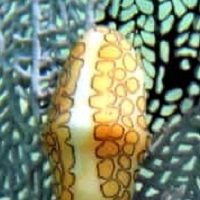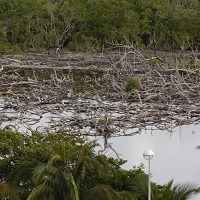Analysis of interdomain taxonomic patterns in urban street mats
Vincent Hervé,
Summary: Streets are constantly crossed by billions of vehicles and pedestrians. Their gutters, which convey stormwater and contribute to waste management, and are important for human health and well‐being, probably play a number of ecological roles. Street surfaces may also represent an important part of city surface areas. To better characterize the ecology of this yet poorly explored compartment, we used filtration and DNA metabarcoding to address microbial community composition and assembly across the city of Paris, France. Diverse bacterial and eukaryotic taxonomic groups were identified, including members involved in key biogeochemical processes, along with a number of parasites and putative pathogens of human, animals and plants. We showed that the beta diversity patterns between bacterial and eukaryotic communities were correlated, suggesting interdomain associations. Beta diversity analyses revealed the significance of biotic factors (cohesion metrics) in shaping gutter microbial community assembly and, to a lesser extent, the contribution of abiotic factors (pH and conductivity). Co‐occurrences analysis confirmed contrasting non‐random patterns both within and between domains of life, specifically when comparing diatoms and fungi. Our results highlight microbial coexistence patterns in streets and reinforce the need to further explore biodiversity in urban ground transportation infrastructures.








